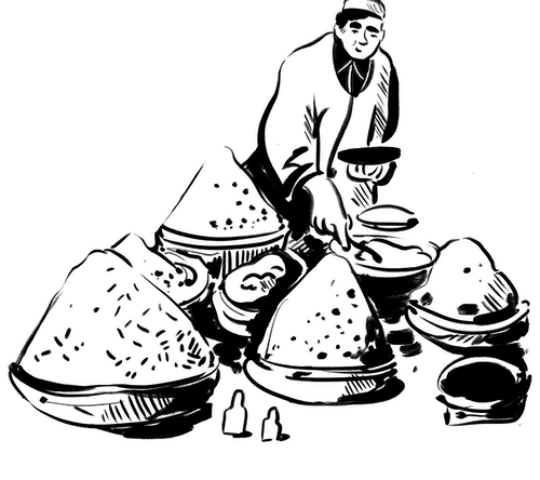India's modernist garden city
Chandigarh is the capital of both of Haryana and Punjab states, located on their borders yet technically within neither, in the green foothills of the Sivalik mountain range.
It was one of the earliest planned cities in post-independence India, a modernist masterwork by Swiss-French architect Le Corbusier who worked on top of the plans of Polish architect Maciej Nowicki and American planner Albert Mayer and in a team with Jane Drew and Maxwell Fry.
A grid street system was adopted, along with a ‘Garden City’ design where high rises were ruled out, parks, gardens, lakes and rivers incorporated into the overarching scheme, and all surrounded by forest. Many of the public buildings such as Capitol Complex with its High Court, Secretariat and Legislative Assembly, as well as the giant Open Hand Monument, are Le Corbusier’s grandest works.
Chandigarh is generally regarded as a grand success and today is one of the cleanest, happiest and wealthiest cities in India with one of the highest standards of living. The Capital Complex was listed as a UNESCO World Heritage Site in 2016, and other attractions include Sukhna Lake which draws boaters, artists and anglers, and The Rock Garden of Chandigarh, a 40 acre park filled with waterfalls and sculptures made entirely from recycled materials created by a government official in secret over an 18 year period before being discovered.
The Jacada Difference
Seamless organisation, every step of the way
Journeys as meaningful as they are memorable
Remarkable stays, handpicked by our experts
Luxury accommodation in Chandigarh
Why book with Jacada?

Personalised design
We’ll plan your trip around your specific interests, tastes and preferences, providing helpful tips and honest advice based on first-hand knowledge of the destination.

Authentic experiences
Our expert guides and brilliant travel concierges are hand-picked to provide a genuine experience, bringing your destination to life with care and passion.

Responsible travel
Our luxury trips are designed with responsible travel principles that prioritise travel experiences that are both good for you and good for the planet.
Meet your Indian Subcontinent team
Plan your trip to Chandigarh
Whatever you want from your adventure in Chandigarh, our team of expert travel designers are ready to help.


Plan with peace of mind
When you book a trip in today’s world there’s a lot to think about. But with the right advice and expert planning, you can do it with confidence.
If you book to travel with us but your plans are impacted by circumstances you can’t control, we’ll change your reservation or cancel your booking for a full credit towards future travel.





















